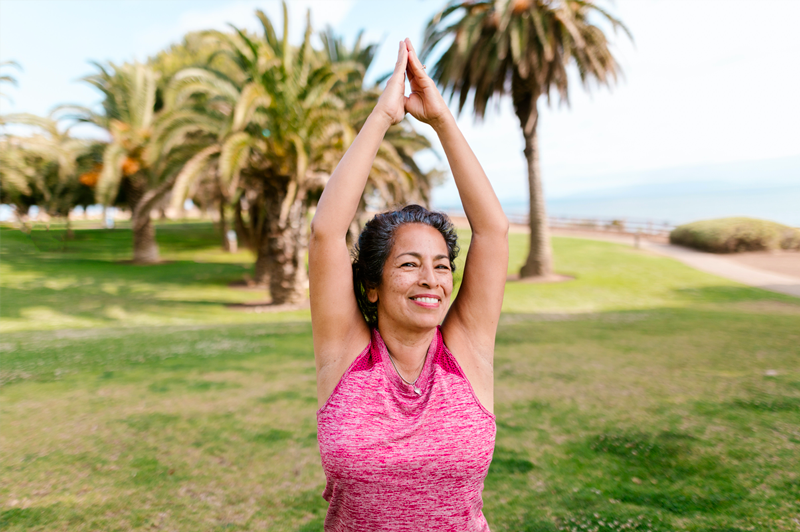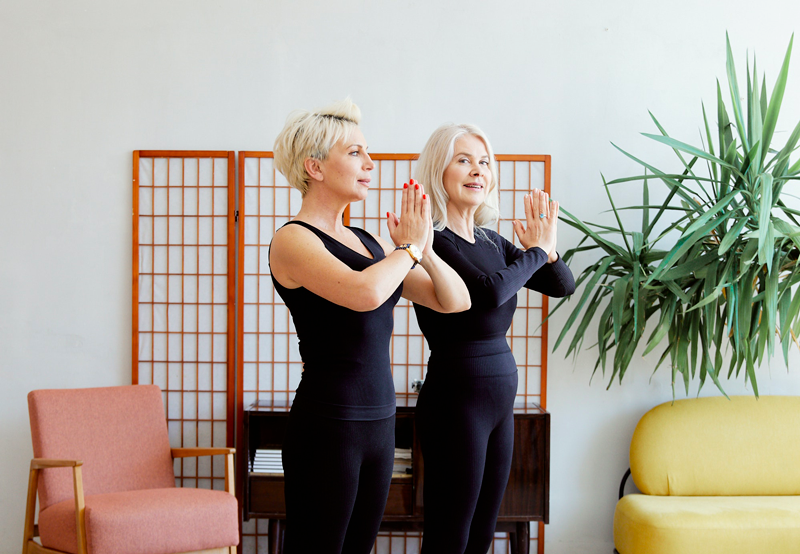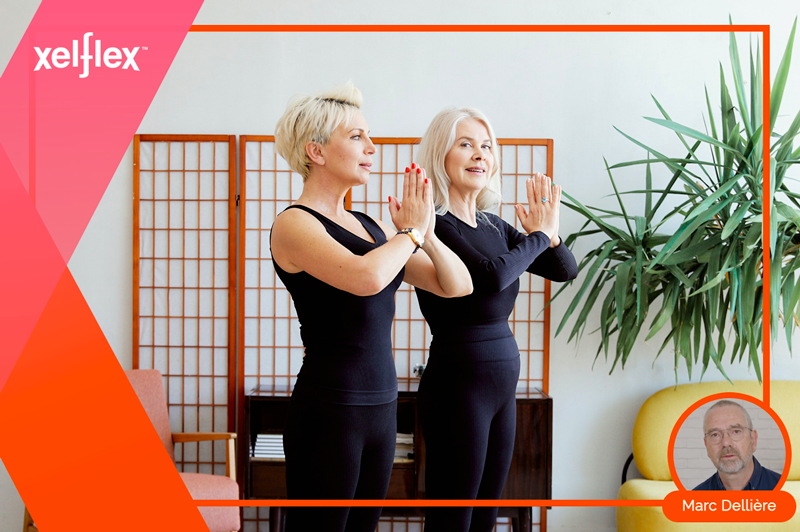
Osteoarthritis: detect it before pain occurs
By Marc Dellière, Medical Consultant & Trainer – Specialist in Stress, Prevention & Integrative Health
Osteoarthritis doesn’t always strike suddenly.
Sometimes, it creeps up slowly: morning stiffness, discomfort when climbing stairs, a stubborn finger. We think it will go away… But little by little, the joint wears down, the cartilage thins, and the bones compensate. Osteoarthritis is already underway.
It’s not just a matter of age. Of course, the years count—they leave their mark on our joints. But other factors come into play, often long before the pain sets in.
Women seem to be more at risk. Perhaps it’s a hormonal issue, perhaps something else, we don’t yet know everything. Weight obviously plays a role: the more we carry, the heavier the load. But it’s not just a mechanical issue: adipose tissue releases inflammatory substances that fuel the problem.
Sometimes, it’s repetitive movements that cause gradual damage: a physical job, intense sports, or an old injury that hasn’t healed properly. And then there are the things we don’t see coming: a weaker grip, difficulty climbing stairs, low morale… all subtle signs that, when added together, trace a trajectory.
What predictive models tell us
A systematic review of 26 studies and 31 predictive models clearly showed that, beyond aging, other factors contribute to the onset of osteoarthritis, especially in the knee.
Among the most common predictors are:
- age,
- BMI,
- previous trauma,
- repeated occupational exposure,
- poor mental health,
- reduced mobility or decreased muscle strength.
- certain chronic conditions such as hypertension or diabetes.
It is a slow, multifactorial process… but predictable.
Some models have excellent predictive power. However, their use in practice remains limited due to a lack of validation on more diverse populations.
Take the initiative, both clinically and preventively.
We cannot choose everything—not our age, not our genetics, not always our injuries. But there is still room for maneuver.
Maintaining strength, staying mobile, lightening the load where possible, supporting mental health… these are all simple, sometimes invisible actions that can make all the difference. Because osteoarthritis is not a bolt from the blue, but a slow drift that can sometimes be slowed down.
We therefore need to take a proactive approach:
✔️ Assess risk factors from the age of 45-50,
✔️ Identify early functional or psychological signs,
✔️ Support mobility, strength training, and morale,
✔️ Educate patients about the importance of simple actions before pain sets in.
And tomorrow?
A simple blood test could be enough.
A study published in Science Advances (Duke University, April 2024) shows that a blood test can detect knee osteoarthritis up to eight years before signs are visible on X-rays. This is a major step toward even earlier prevention.
Scientific sources :
✍️ Osteoarthritis https://www.mayoclinic.org/diseases-conditions/osteoarthritis/symptoms-causes/syc-20351925
✍️ Predictors of Osteoarthritis in Older Europeans: Insights From the SHARE Survey. Karim A, Hussain MA, Ahmad F, Qaisar R. Musculoskeletal Care. 2025 Jun;23(2):e70093. doi: 10.1002/msc.70093.
✍️ Appleyard T, Thomas MJ, Antcliff D, Peat G. Prediction Models to Estimate the Future Risk of Osteoarthritis in the General Population: A Systematic Review. Arthritis Care Res (Hoboken). 2023 Jul;75(7):1481-1493. doi: 10.1002/acr.25035. Epub 2023 Jan 25. PMID: 36205228. https://pubmed.ncbi.nlm.nih.gov/36205228/
✍️ Virginia Byers Kraus et al., An osteoarthritis pathophysiological continuum revealed by molecular biomarkers. Sci. Adv.10,eadj6814(2024).DOI:10.1126/sciadv.adj6814


